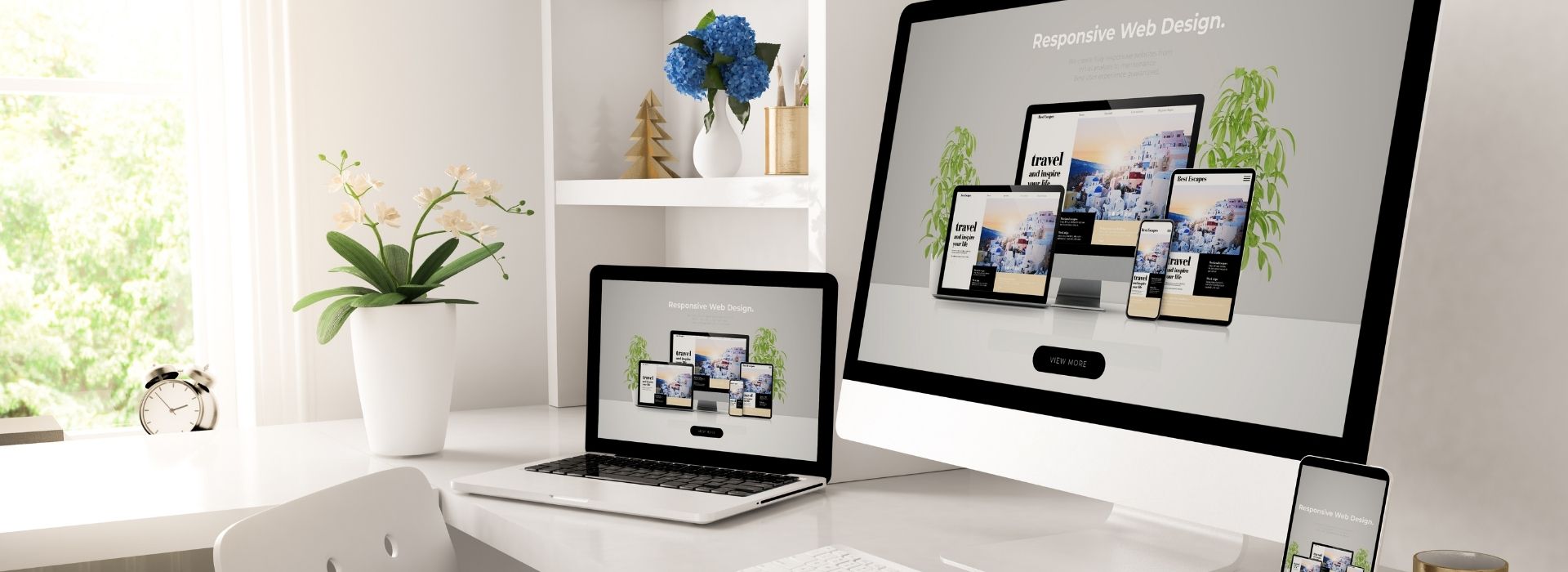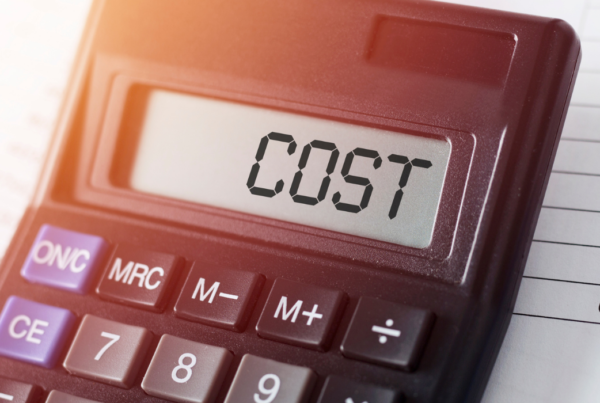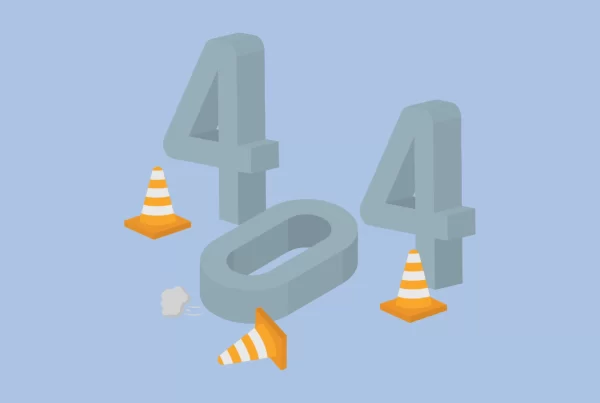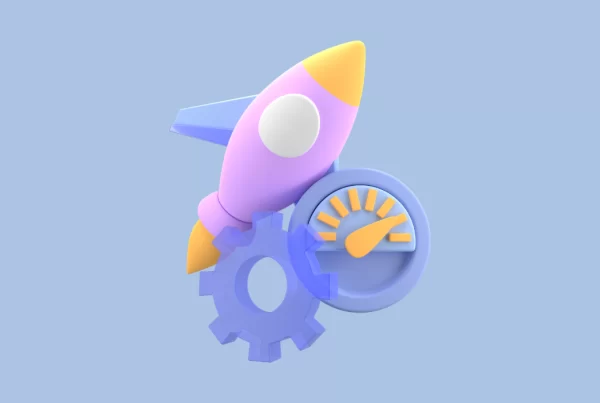Last Updated on 1 year ago by Ecem Ertürk
There are many factors that show that the design of a product is good. These factors include points such as the aesthetic appearance or function of the product. One of the most important aspects of creating a valuable product is to design it in a user-friendly way. Being user-friendly means that the wishes, needs, and expectations of the user are understood by the designers. This approach, which forms the basis of user-centered design, requires putting users at the center of the design. User-centered design is a useful process for everyone because it benefits businesses by reducing costs and meeting their expectations by understanding users. UCD is one of the safest ways to communicate directly with the target audience and to extract a product that directly appeals to them. For this reason, working with agencies such as a web design agency can make it easier to determine the right strategy.
What is User-Centered Design?
The design of a product is very important because it determines how the user perceives that product. Designs made based on user’s expectations, feedback, and interests are called user-centered design. Users at the very midpoint of the design process are directly effective at shaping the process. In this design, users’ requests are prioritized at every stage. In this way, the product created directly addresses the relevant users. UCD is also a design that improves user satisfaction and makes it easier to get positive returns.
Principles
There are five principles used as a standard to successfully make a user-centered design. These principles guide you on how to place users at the center of your design. These principles can be increased and differentiated as the strategy of each business differs. The most basic principles are these ones:
- Users need to be involved from the first stage of design to better understand what they need and what they expect.
- It is also important to empathize with users and design the product through the user’s eyes. What adds value to the product is that it solves a particular problem.
- It is also important to allow a certain amount of time for the design process and to be aware that not everything will happen immediately. The process involves many revisions, and not every revision means progress. For this reason, it is necessary to give some time and make room for possible errors.
- Feedback is one of the most important elements of the design process. For this reason, it is necessary to receive frequent feedback at every stage. User-friendly improvements should be made with feedback from both your teammates and the users you work with.
- Although the process seems complicated, the most important thing you need to do is keep everything simple. Managing the process from the user’s perspective is the most important strategy that ensures success.
Importance of User-Centered Design
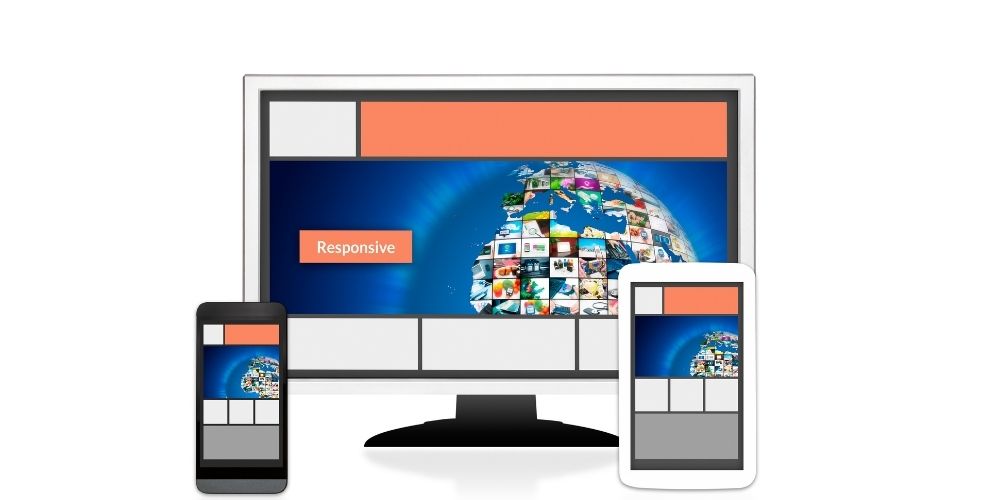
User-centered design is important because it makes it easy to extract products that directly appeal to those concerned by looking at the design process through the user’s eyes. This approach, which puts the user in the spotlight, reveals products that are entirely geared towards the wishes and needs of users. When a new and foreign product is released to users, an adaptation process occurs, and the product can be considered more difficult by users. However, when a user-centered design is made with a user-centered design, users feel more understood. This design method is one of the most ideal for touching the target audience directly.
Methods
There are some methods that stand out when the user is chosen as the focus of design. These methods are very important for understanding users better and revealing their expectations.
1. Focus Groups
The focus group consists of users in your target audience. This group gives feedback on the problems you need to solve with the product and the improvements you need to make. Including a group of users in this way in the design process is very useful in terms of product development because it makes it easy to see the product from different perspectives at the same time. In addition, qualitative data are generally received from the relevant group, and its cost is much lower when compared to other methods.
2. Surveys
Surveys are one of the most ideal methods of obtaining statistical data. It is quite easy to apply short and simple feedback to the product. In addition, data is taken from a much larger sample compared to focus groups. However; it is important to note that the questions are neutral and do not direct users when preparing surveys.
3. Interviews
One of the methods that showed very high efficiency in the early stages of the process is interviewing. Data that is possible to overlook through surveys can thus be obtained from users, so it is an ideal method for receiving in-depth data. An interviewer is needed to do interviews, and all responses must be analyzed individually. In addition, since it is a time-consuming method, it is studied with a small sample, and it is more costly than other methods.
4. Usability Testing
Usability testing is quite simple; users record direct experiences and moderator feedback simultaneously. It is a very costly process, and the data can be both qualitative and quantitative. Before applying this type of method, a prototype of the product is needed.
5. Card Sorting
Card sorting is a UX method and is preferred for the website or app. Users are asked to edit the content and pages on the website in a meaningful way, so feedback is received. It is a time-consuming method.
6. Participatory Design
Participatory design works best when used with other methods. Users are included in the design process and contribute to the creation of different product prototypes. It is one of the ideal methods of getting qualitative data, but it can be costly.
The Benefits of Implementing User-Centered Design
User-centered design is a very progressive and intensive process, but it is very useful given the benefits it provides. UCD contributes to businesses saving money. User-oriented products are created directly for the target audience, so they are in greater demand. In this way, it is quite easy to earn more income. Users are more inclined to purchase as the products are developed in line with their wishes and expectations. In addition, since the process proceeds through trial and error, it is possible to see the problems in advance and solve them before placing the product on the market. These problems, which are noticed at the early stages of the design process, are effective in reducing development costs. In this way, it becomes a very useful method for businesses.
Process
The user-centered design process does not have to progress in a certain order for every business and differs. In general, there are five steps followed by most designers. These steps shape the design process.
- User research is the first step in this design. It is important to know who the target audience consists of the problems that need to be solved, and how users can contact the product.
- It is important to meet the expectations of the users and the expectations of the business at the same time, and this constitutes the second step. The target audience may have many problems to solve, but it is not possible to solve them all. For this reason, it is necessary to meet at the midpoint and focus on the problems that overlap with the goals of the business.
- The research process follows the solution process, and this stage creates the third step. It is a stage where the product is developed and prototypes are created, and it is very important.
- Step 4 of this design is to get feedback from users through prototypes. Testing the product is important because it shows you the missing points that need improvement.
- No product gives a successful result on the first try. For this reason, step 5 involves returning to the top and repeating the design after testing the product.
Tips For Implementing User-Centered Design
One of the tips for implementing user-centered design is to use the resources already available. If there is no valid reason to change the design from start to finish, it is most logical to stick to the available resources. This detail is very important both for the user and for the design to serve a necessary purpose. Another point to note is feedback. The most important stage of the design process is receiving feedback frequently, but feedback should always be received in its early stages, not in the middle or end of the design. In this way, the design can change much more easily, and possible costs can be reduced. Finally, you should not forget that the product is for the user, not for you. It is useful to take advantage of professional experience, but deciding on behalf of the user can be a big mistake. For this reason, considering what the user wants is one of the most important elements of user-centered design.


